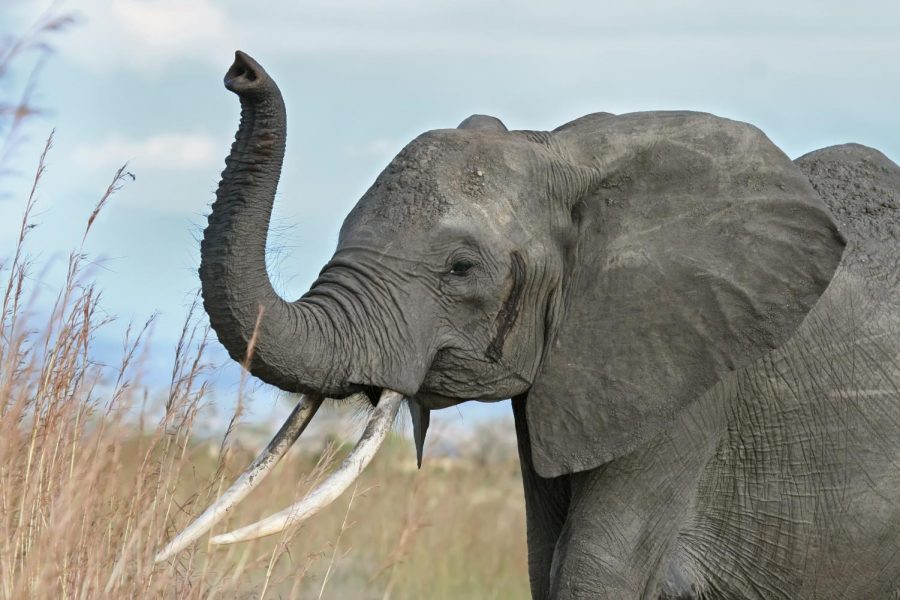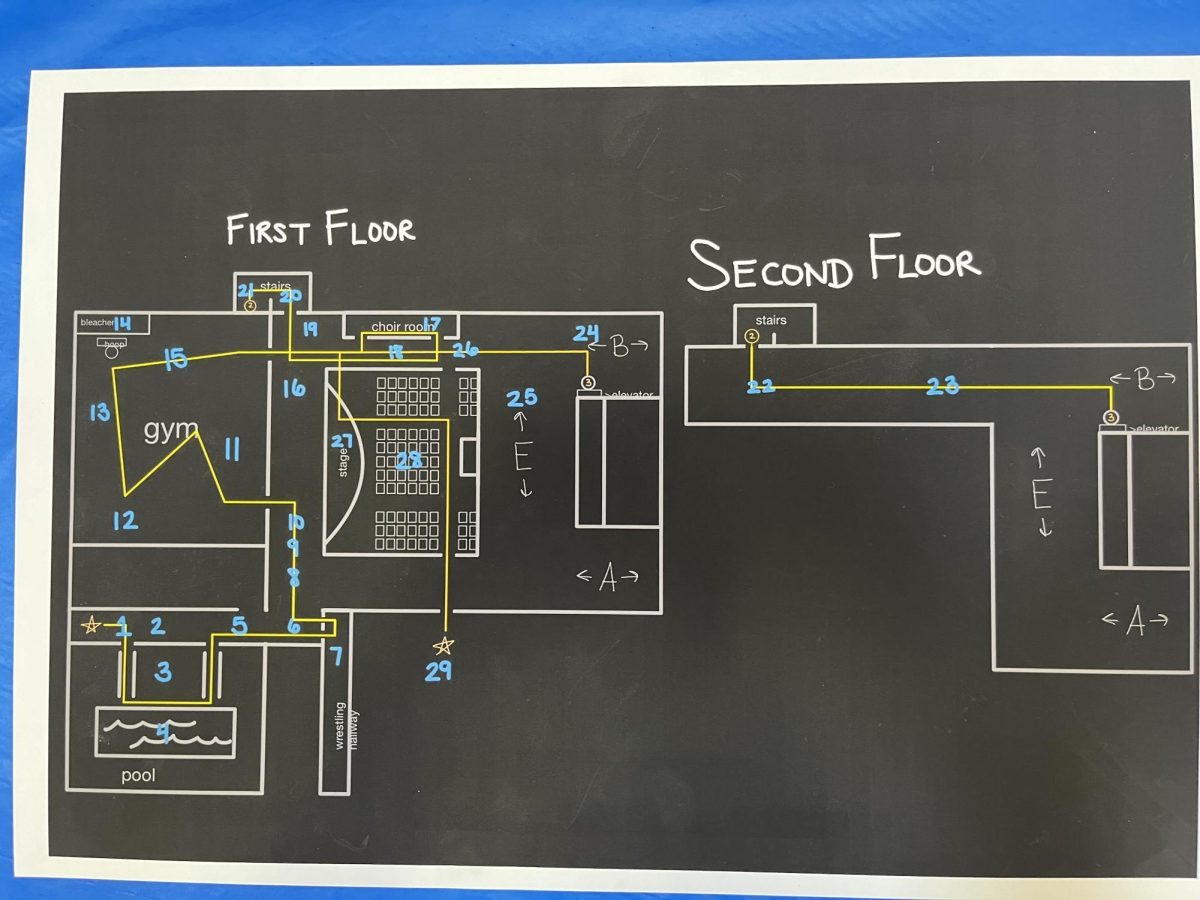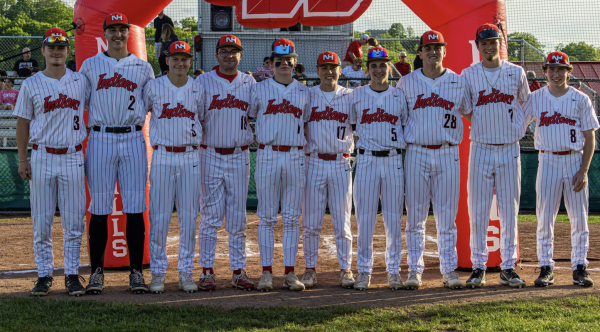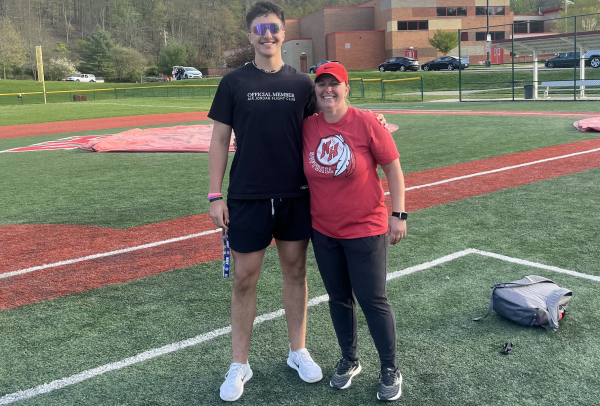People Are Animals Too
December 4, 2018
Throughout our existence, the human race has been mistreating animals to benefit itself. A lot of it goes unnoticed mainly because it has become almost normal for us. We use animals for clothing, for sport, for entertainment, for labor, and so much more. Companies have started making moves to eliminate animals from their businesses, but it is still a worldwide situation that needs to be talked about and heard.
My first example of animal abuse is puppy mills. Puppy mills are mass breeding industries that breed puppies for profit. These dogs are born and raised in an unhealthy environment and don’t have fulfilling lifespans. Some purebred females spend their entire lives in the mills and breed until they are unable to. When they are done sacrificing their lives to breeding, they are generally killed. Because of mass breeding, there’s not enough space for these puppies, so the mills put them in wire cages stacked on top of each other – which damages their legs and paws. They are neglected and aren’t taken care of, which means no bathes or walks. This causes them to have higher risks of catching diseases and disorders, such as blindness, deafness, epilepsy, diabetes, anemia, etc., and having antisocial tendencies with humans and other dogs. The U.S. Department of Agriculture regulates less than half of the puppy mills in America, which means the majority go unsupervised and unkempt. Be sure to look into the business you are adopting your pet from, and support local shelters and rescue centers. These dogs don’t deserve to be treated cruelly, so help put these mills out of business.
Next up, zoos. I know what you’re thinking, ‘But everyone loves the zoo!’ You get to see animals you don’t normally see outside your window or driving down the street. These animals lived free and in the wild in many different countries around the world. How did they get here? They’ve been taken from their homes and from their families. We’ve put them in enclosures thousands of acres smaller than what they used to live in (unless they were born in captivity). Animals living in captivity are often stressed, depressed, and have difficulty interacting socially with other animals and people. When you go to the zoo, you might notice an animal pacing, bobbing its head, or sitting still for long periods of time. Those are all signals of depression and stress in animals. Zoos know about this too, but instead of making their living situations better (like making the enclosures bigger), they give the animals antidepressants. Their life expectancy decreases because of the amount of stress and depression these animals are living with. Many animals die prematurely due to living conditions in parks, but live about three times longer anywhere else in the world. Many zoos breed inside the parks, but there’s obviously not enough space for all of the mammals. When they get older, the zoos either sell them or kill them and feed them to the other animals at the park. When these animals are sold, there’s no guarantee where they’ll end up. They could be sold to the circus, sold for experiments, sold to tourist attractions, or countless other places that are cruel to animals in return for money. Zoos are not a healthy lifestyle for animals to be living in. Many rescue organizations and sanctuaries have been fighting back and rescuing these animals. You can support these businesses and causes by donating to shelters or adopting an animal, such as an elephant.
I could go on forever about this because these are only two of many businesses that abuse animals and we need to put an end to it. Imagine if it were the other way around and we were the ones stuck in the cages while people tapped on the glass and took pictures of us every day for our whole lives. Exactly, it’s messed up and it’s not okay. There are many endangered species in the world because of big businesses and attractions like these and we have the power to end the abuse and save the animals. But there are many problems in the world, and if there’s one thing you can take away from this article, it’s that change starts with us.











